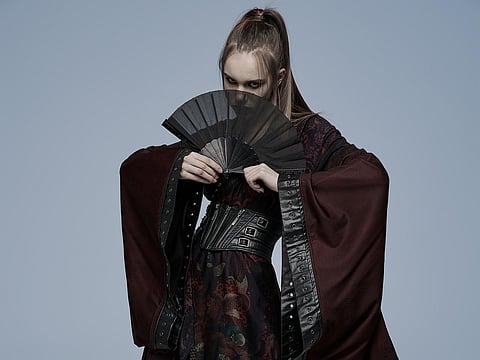
- LIFESTYLE
- FASHION
- FOOD
- ENTERTAINMENT
- EVENTS
- CULTURE
- VIDEOS
- WEB STORIES
- GALLERIES
- GADGETS
- CAR & BIKE
- SOCIETY
- TRAVEL
- NORTH EAST
- INDULGE CONNECT

Vivienne Westwood wasn’t just a designer – she was a revolutionary. From the 1970s onwards, she played a pivotal role in shaping the punk aesthetic, transforming it from an underground movement into a lasting cultural force. With her audacious designs, political statements, and DIY ethos, she made fashion a weapon of rebellion.
Westwood’s journey into punk fashion began when she and Malcolm McLaren opened SEX, a boutique in London’s King’s Road. The shop became a breeding ground for punk culture, dressing iconic bands like the Sex Pistols in shredded t-shirts, bondage trousers, and safety-pin embellishments. These designs weren’t just about shock value; they were raw expressions of anti-establishment sentiment, embodying the frustration of Britain’s disillusioned youth.
At the heart of Westwood’s aesthetic was the DIY approach—ripped fabrics, provocative slogans, and unconventional tailoring. She took traditional elements like tartan and corsets and subverted them, creating an aggressive, rebellious look that challenged norms. Her infamous "God Save the Queen" t-shirt, featuring a defaced image of the monarch, became one of punk’s most defining symbols.
Beyond fashion, Westwood used her work to make political statements. She championed environmental causes, spoke out against consumerism, and continued to push boundaries well into her later collections. Even as punk evolved into mainstream culture, her designs retained their raw energy and defiant spirit.
Vivienne Westwood didn’t just shape punk fashion – she ensured it remained a symbol of rebellion and individuality. Her legacy continues to inspire designers, musicians, and free-thinkers who dare to challenge the status quo.